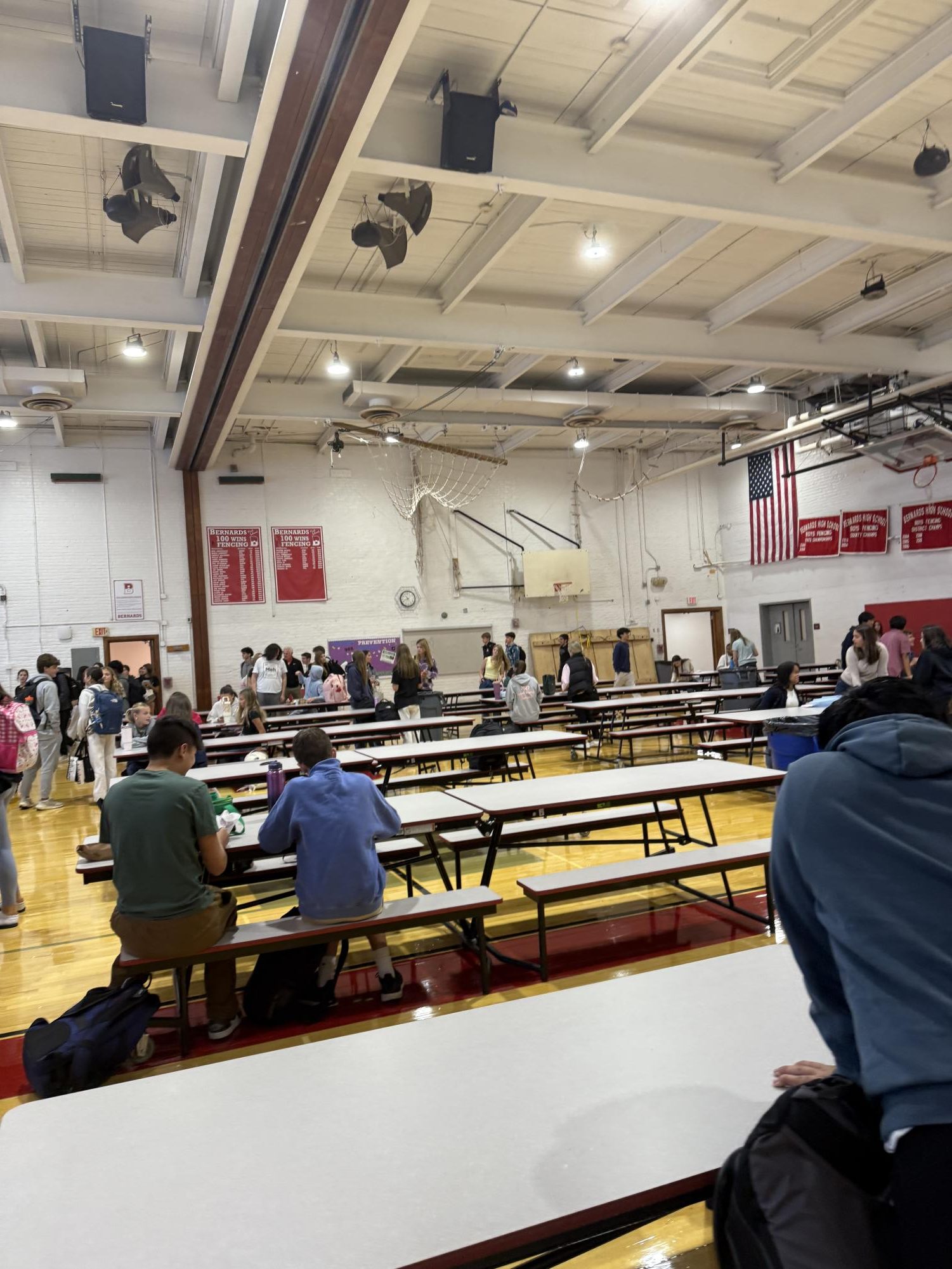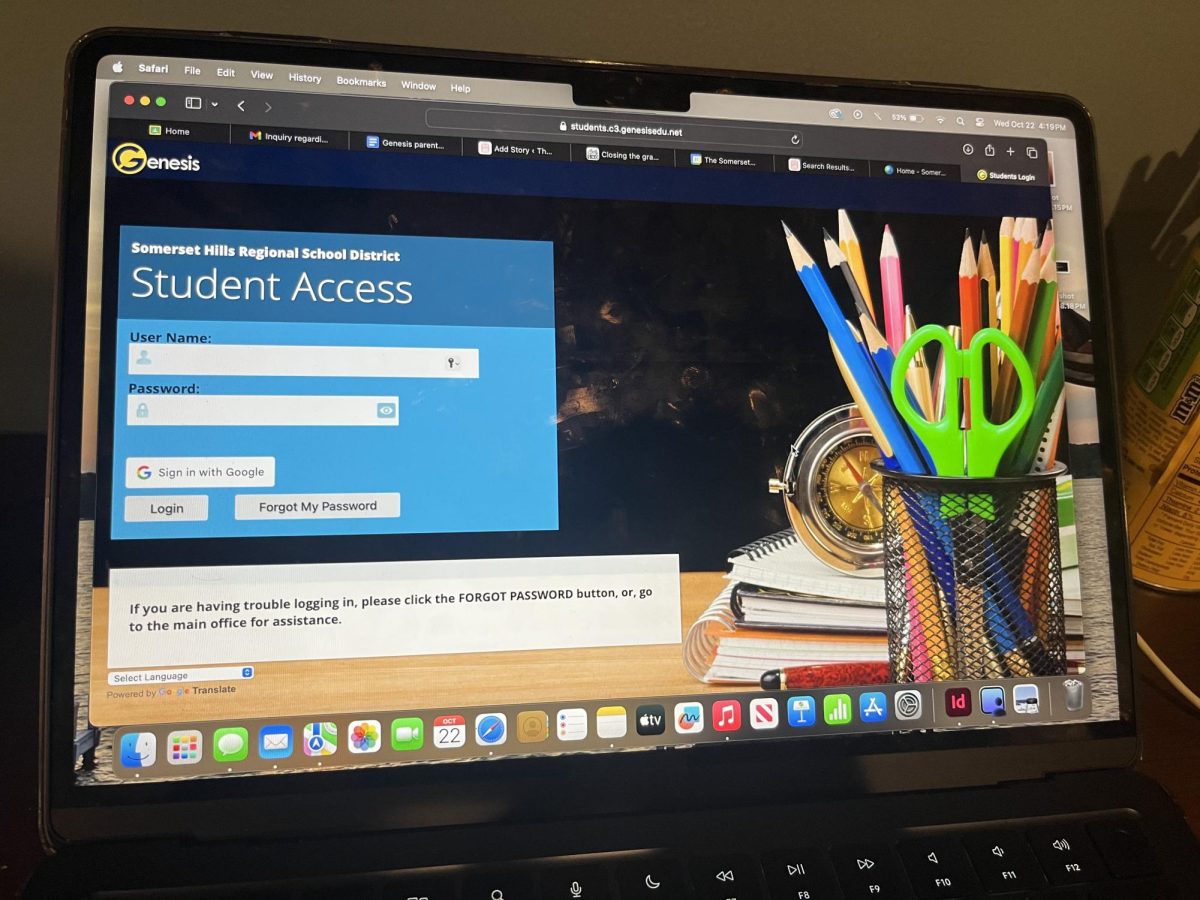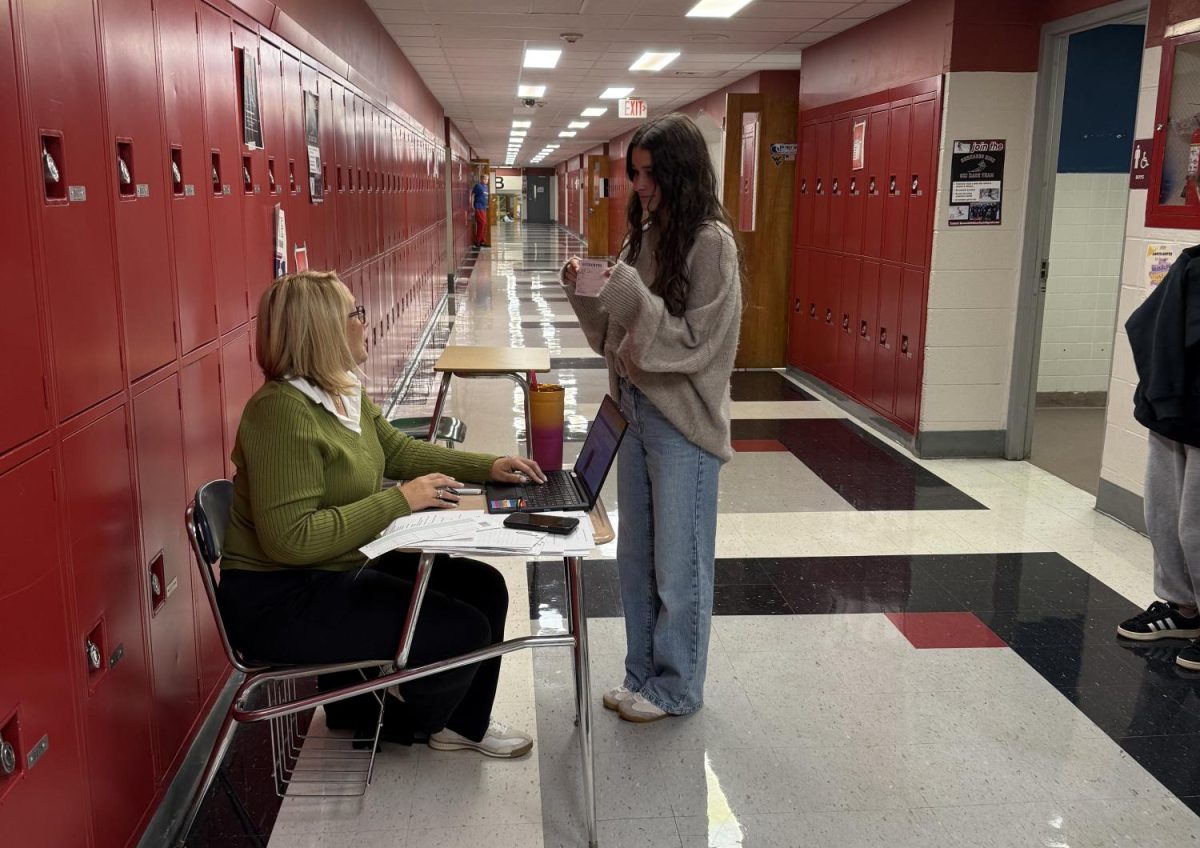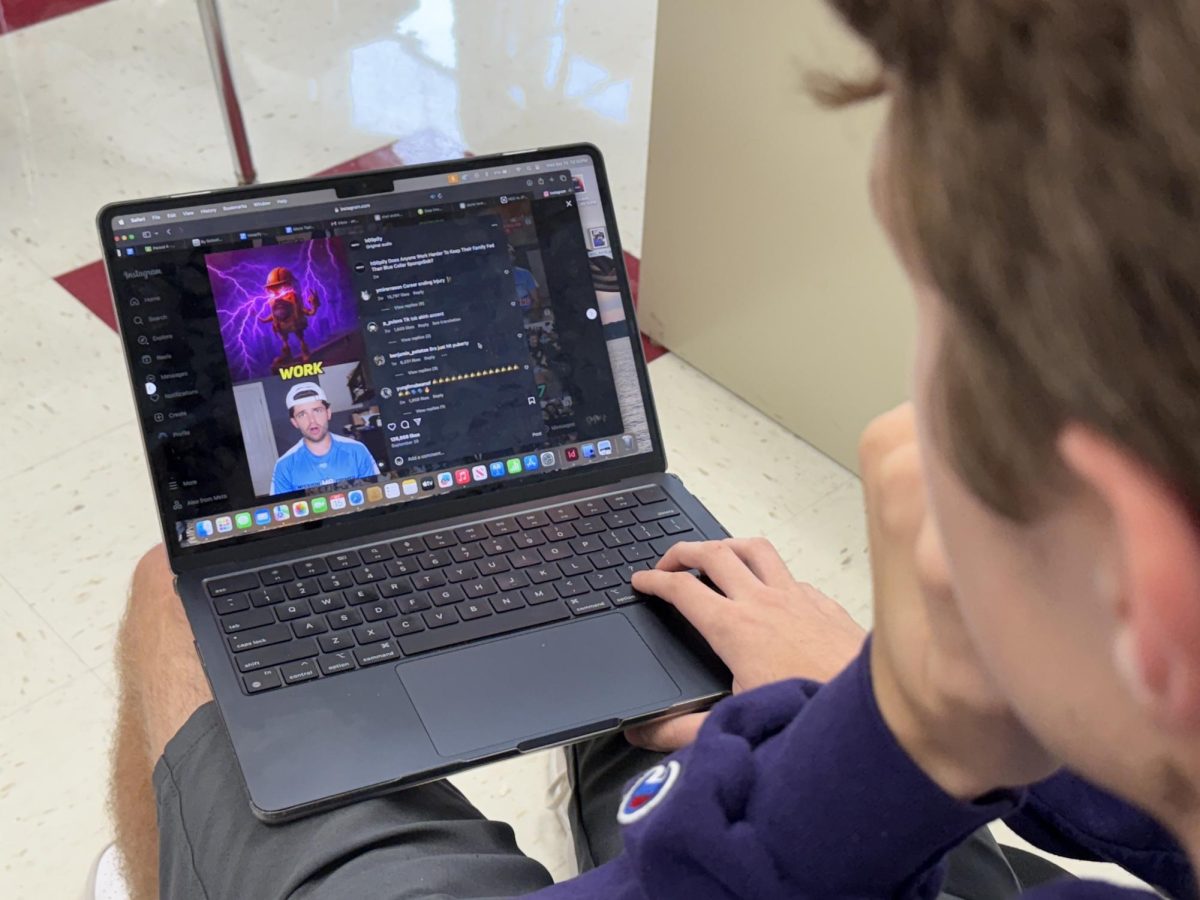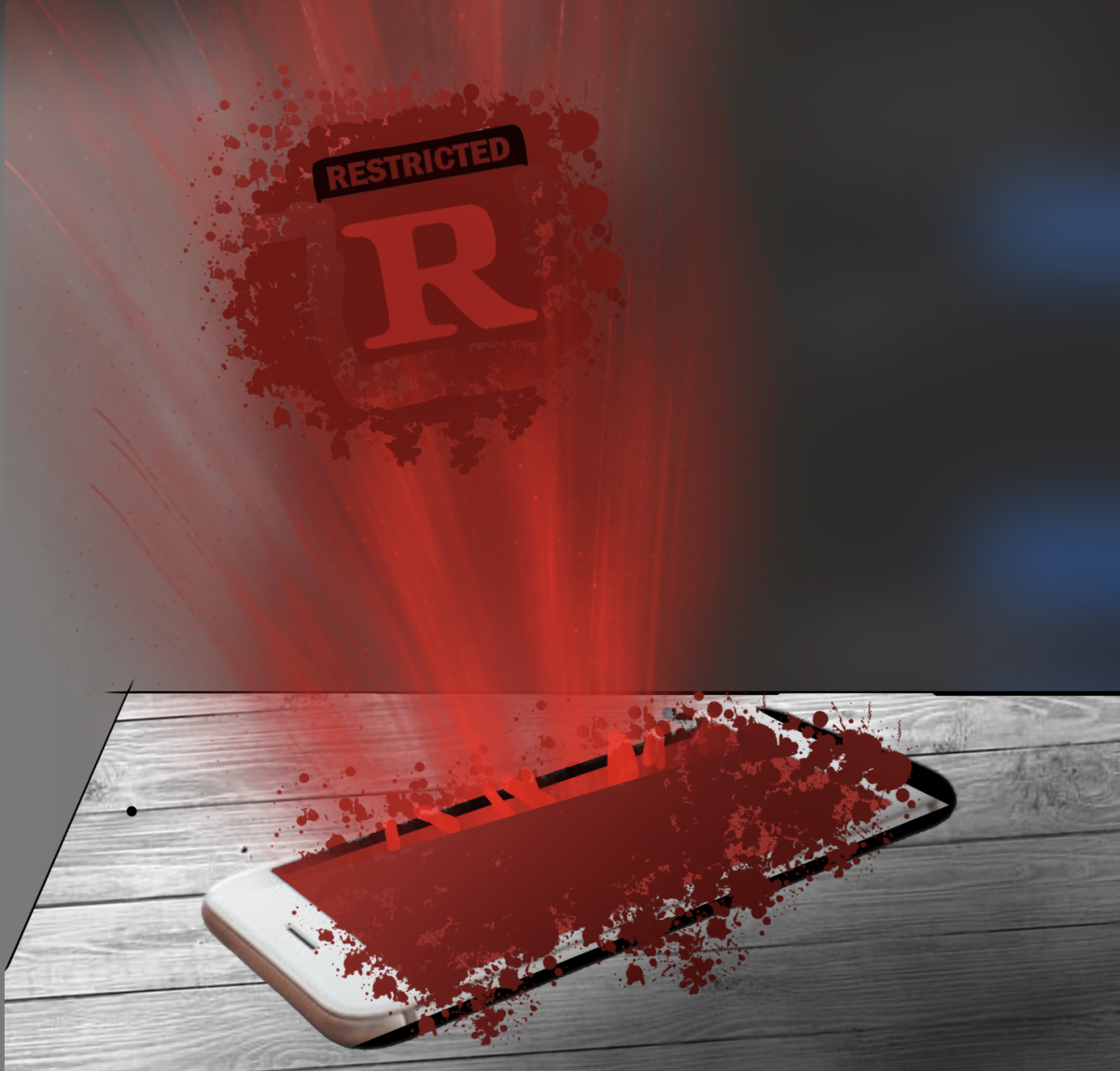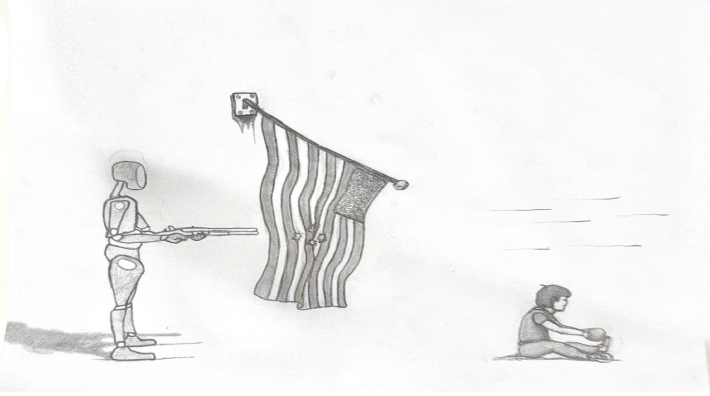So far in the 2025-26 school year, Bernards High School students have been adjusting to a series of new rules and regulations enacted to regulate their activity during the school day. These new rules have extended to students’ phone use and bathroom use during the day, and now, among these policies, the school is implementing stricter rules for student activity during the lunch block to prevent loitering in unmonitored areas of the school.
The recent policy will now permit students to be in only one of four designated lunch locations: the cafeteria, the upper gym, the high-top tables in the hallways, and the media center. While students are allowed to move freely during the lunch period, the policy requires students to settle in an approved location during lunch, preventing students from gathering and standing in the hallways, especially in parts where there is no supervision.
Because the policy comes amid several new rules in the school year, its implementation has been met with mostly neutral feedback so far. Eva Fernandez’26 shares her views on the policy, saying “It’s not that big of a deal because most students eat lunch in the designated areas anyway, but it may be annoying for some students who like to roam the halls.”
The policy is meant to improve their lunch activity rather than restrict it. What prompted the enactment of the current regulations was student behavior that created an unsafe or unproductive environment within the hallways. What had started as only small gatherings of people in areas of the hallway had grown into larger groups collecting in unsupervised areas of the halls, creating issues and behaviors not appropriate for school.
Principal Dr. Neigel sheds light on the problems that pushed the policy, sharing, “We’re starting to see some people wrestling in the hallway and flopping on the floor, and not fighting per se, but just kind of like, roughhousing to the point where we were having to address the behaviors that were getting reported to us.”
The implementation of these regulations limits students to designated locations during lunch, but, in doing so, eliminates issues that affect student life. Having people congregating in unmonitored areas of the school and behaving poorly, whether that be fighting or partaking in activities inappropriate for school, creates an unsafe and uncomfortable environment within the halls for students, both involved and not. By concentrating students in specific supervised areas, the policy reduces poor behavior in hallways during lunch, making the halls safer, cleaner, and less disruptive for students who walk through them during the period.
The goal of the policy is ultimately to limit poor behavior that threatens student activity rather than restrict student activity altogether. Dr. Neigel voices the importance of keeping autonomy for students while putting policies, stating, “I’d like to give as much autonomy and respect to students as they have earned and deserve. And in this building, I think you guys, the students, have earned and deserve a lot of autonomy, you know, so I do want to allow that.”
As annoying as rules can sometimes be, it is important to remember they are put in place to improve the student experience rather than worsen it. Rules can take adjusting to, but the adjustment to them is an essential part of improving student life and keeping student autonomy.


